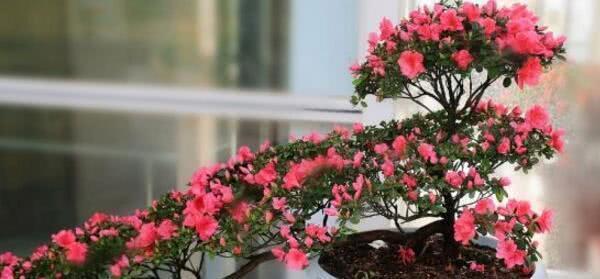Put a few tablets of it in the green turnip pot and the yellow leaves will soon solve the problem and regret that you have put it late.

Green pineapple is a kind of potted plant that is very easy to raise. I believe many flower friends are raising it at home. The reason why green pineapple is so popular with the public, in addition to good care, there are two reasons, one is that it has the role of purifying indoor dust, and the other is that it can be placed in the room at home, which can increase some vigor and vitality. Especially when the leaves are green and bright, the whole basin is full of vitality! Although green pineapple is the best potted plant for flowers, there will be some minor problems if you are not careful. For example, the very common "yellow leaves" situation.
What are the factors causing the yellowing of green radish leaves?
Green and yellow leaves are mainly caused by improper daily maintenance, such as lack of light, improper watering and inadequate ventilation, improper fertilization and so on. But after careful analysis of these factors, we will find that moisture, care and ventilation are easy to avoid. The most error-prone and overlooked thing is "fertilization". Many flower friends think that green pineapple as long as watering on the line, after all, so easy to raise, so do not fertilize green pineapple, this will directly lead to a lack of nutrition in the basin, no wonder yellow leaves over time.
Put a few "it" in the green turnip basin, and the yellow leaves soon solved it, regretting that they had put it late.
What kind of fertilizer should be used to fertilize green pineapple? Green pineapple belongs to a kind of foliage plant, the purpose of fertilization is to make the branches and leaves flourish, then there is such a fertilizer can promote the stems and leaves of flower plants to thrive. It is "nitrogen fertilizer". The nitrogen fertilizer used to raise green turnip here can be chemical fertilizer or organic nitrogen fertilizer. Generally speaking, I advise flower friends not to use chemical fertilizer, because after using it for a long time, the potted soil will be easy to harden, which is not conducive to the growth of flowers. With organic nitrogen fertilizer, there are more things to choose from. For example, the most suitable "soybeans". It is the most common organic nitrogen fertilizer and, of course, the most suitable for growing green pineapple.
Using soybeans as nitrogen fertilizer, what's the advantage of raising green apple?
As I just said, soybeans are a good nitrogen fertilizer. In addition, soybeans are very common in life and are easy to draw materials from. The operation when used as flower fertilizer is also very simple. Just cook the soybeans directly. Then dig a small hole in the green apple's flowerpot and put a few grains in it and cover it with soil. Precisely because this way of fertilization is very simple and practical, many flower friends have been used to raise green pineapple. Put a few grains in the green apple basin every two months, and you will soon find that the green apple grows more and more exuberantly! Not only the yellow leaves are gone, but also the leaves become bright and green.
In addition to raising green pineapple as nitrogen fertilizer, you can also raise most of the flowers and plants, such as orchids, rich trees and so on. Finally, I would like to remind the flower friends to use it as fertilizer and stop watering the flowerpot two days before fertilization. When fertilizing, dig holes in the pot soil as far as possible along the edge of the flowerpot, so as to avoid damaging the roots of green pineapple.
This is the end of the knowledge about green pineapple conservation. Thank you for your reading!
Remember to like and share.
- Prev

Winter is coming. Do you want your azaleas to blossom in winter? come and see how you do it.
The above is a detailed introduction to whether azaleas can blossom in winter and how to blossom in winter. Winter is coming, when most plants will go dormant in order to adapt to the current environment.
- Next

Don't keep all the flowers indoors. The following three kinds of flowerpots raise as much money as possible.
When we grow potted flowers at home, we should not only choose those that are good to maintain and take care of, but also choose those flowers with good meaning, such as wealth trees, which means "get rich, get rich". It is naturally good to raise a pot at home, not to mention whether or not.
Related
- Wuhan Hospital Iron Tree Blooming Result Was Instantly Frightened by the Gardener Master
- Which variety of camellia is the most fragrant and best? Which one do you like best?
- What is the small blue coat, the breeding methods and matters needing attention of the succulent plant
- Dormancy time and maintenance management of succulent plants during dormancy
- Minas succulent how to raise, Minas succulent plant pictures
- What are the varieties of winter succulent plants
- How to raise succulent plants in twelve rolls? let's take a look at some experience of breeding twelve rolls.
- Attention should be paid to water control for succulent plants during dormant period (winter and summer)
- Watering experience of twelve rolls of succulent plants
- Techniques for fertilizing succulent plants. An article will let you know how to fertilize succulent plants.

